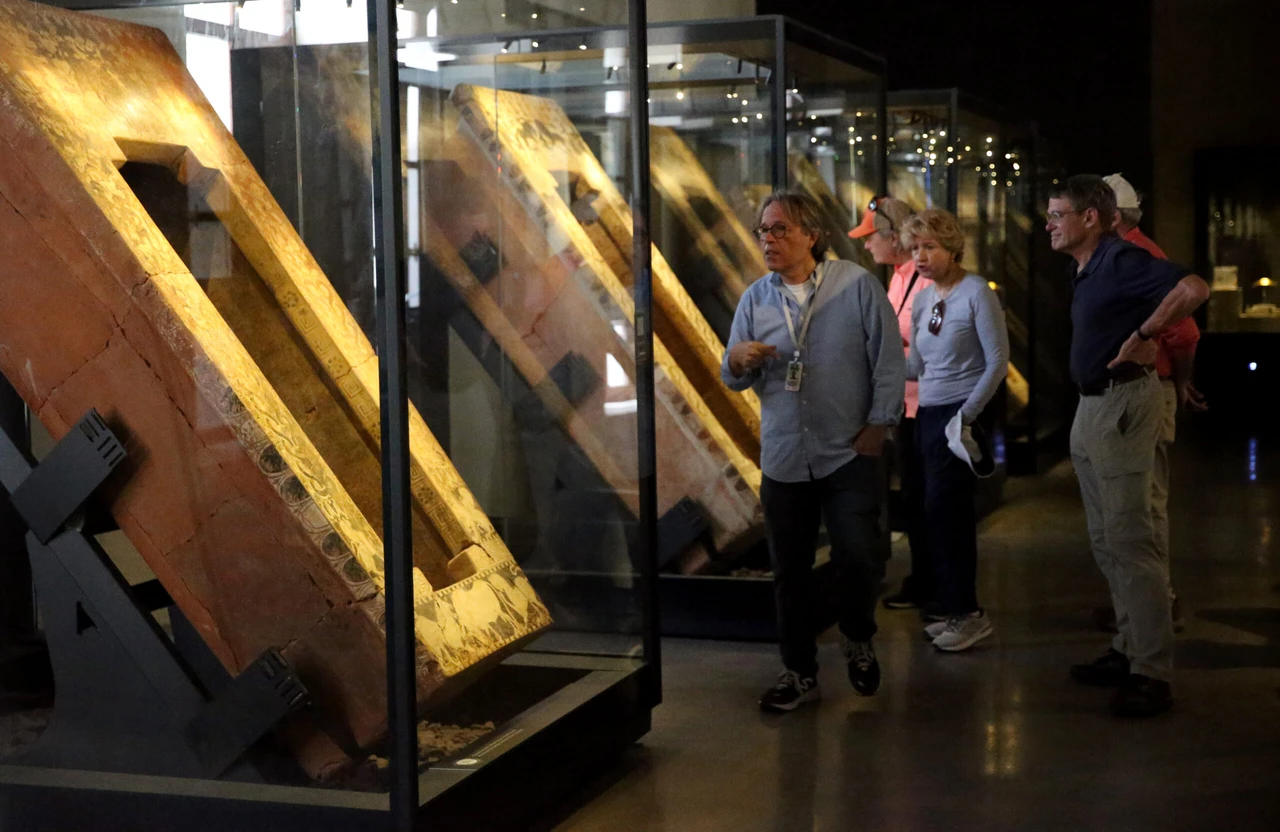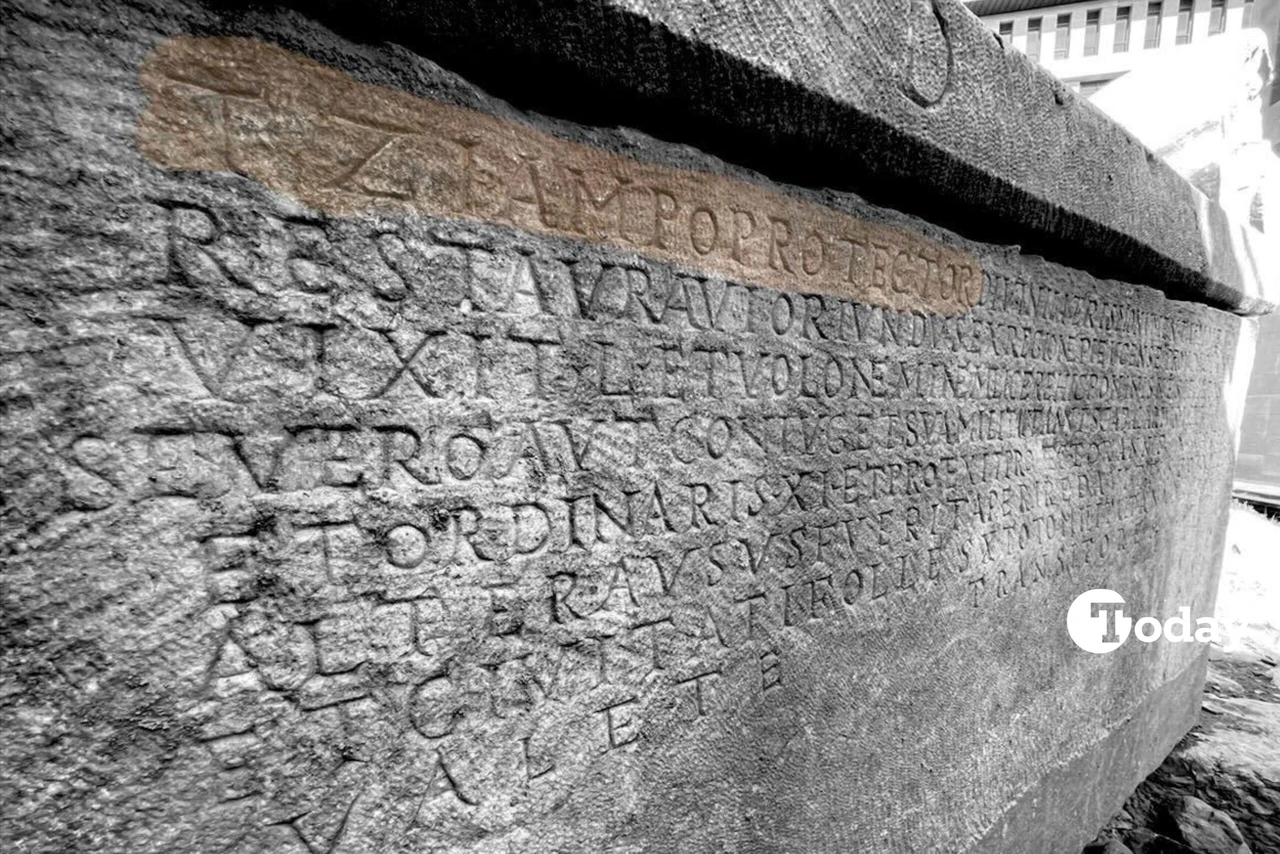European Hyperloop moves closer to reality with successful test in Netherlands
 Lead Engineer Tractive Systems at Hardt Hyperloop, Gert Spek prepares to test a dark and light grey striped pod (Rear) inside the hyperloop tunnel at the European Hyperloop Center (EHC) testing facility in Veendam, on September 7, 2024. (AFP Photo)
Lead Engineer Tractive Systems at Hardt Hyperloop, Gert Spek prepares to test a dark and light grey striped pod (Rear) inside the hyperloop tunnel at the European Hyperloop Center (EHC) testing facility in Veendam, on September 7, 2024. (AFP Photo)
A major milestone in high-speed travel was reached Monday as the European Hyperloop Centre successfully conducted its first vehicle tests, marking a step forward in the dream of traveling between European cities at speeds exceeding 700 kilometers per hour.
The test took place inside a 420-meter-long white tunnel at the facility in the Netherlands. A dark and light grey striped pod levitated using magnetic propulsion before accelerating, though it reached a modest speed of 30 kilometers per hour. The company behind the project, Hardt Hyperloop, aims to increase this to 100 kph by the end of the year and reach full passenger-ready speeds by 2030.
“We will be ready to transport passengers in a vehicle like that by 2030,” said Roel van de Pas, commercial director of Hardt Hyperloop, during an interview with AFP. The ambitious project envisions connecting cities like Amsterdam and Berlin in 90 minutes, or Milan in two hours.
The hyperloop concept, introduced to the public in 2013 by Elon Musk, proposes a new form of transportation that uses magnetic propulsion inside vacuum-sealed tubes to eliminate air resistance. While earlier attempts to bring this idea to fruition have failed, van de Pas remains optimistic about the potential to revolutionize travel across Europe.
“It’s really going to change the relationship that we have within Europe. It’s really going to integrate the continent,” van de Pas added.
One of the project’s goals is to replace short-haul flights and reduce the environmental impact of long-distance travel. A hyperloop system would consume only a fraction of the energy used by airplanes and trains, and its enclosed design makes it completely noise-free. The company has already tested painting its tunnels to blend into the surrounding environment, including a section painted to resemble a forest.
The European Hyperloop Centre stands out as the only facility in the world equipped with a “lane switch” technology, allowing for rapid changes in course—critical for the creation of a comprehensive network across the continent.
Eventually, the pod is expected to carry 50 passengers at speeds near the sound barrier. Hardt Hyperloop is planning further tests under full vacuum conditions to gradually increase speeds.
While there are concerns about passenger comfort at such high speeds, van de Pas reassured potential travelers that the ride will be smooth, with vibrations and comfort levels similar to modern trains.
The hyperloop industry is not limited to Europe. China already has a test facility capable of reaching 700 kph, and several other companies globally are racing toward the same goal. However, van de Pas sees this competition as a positive development.
“We need good competitors and we are all pursuing the same mission. We want to make traveling these long distances a zero-emission effort,” he said.
As the company pushes toward its goal of a fully operational hyperloop system by 2030, the dream of crossing European cities at unprecedented speeds while reducing environmental impact seems closer than ever.



